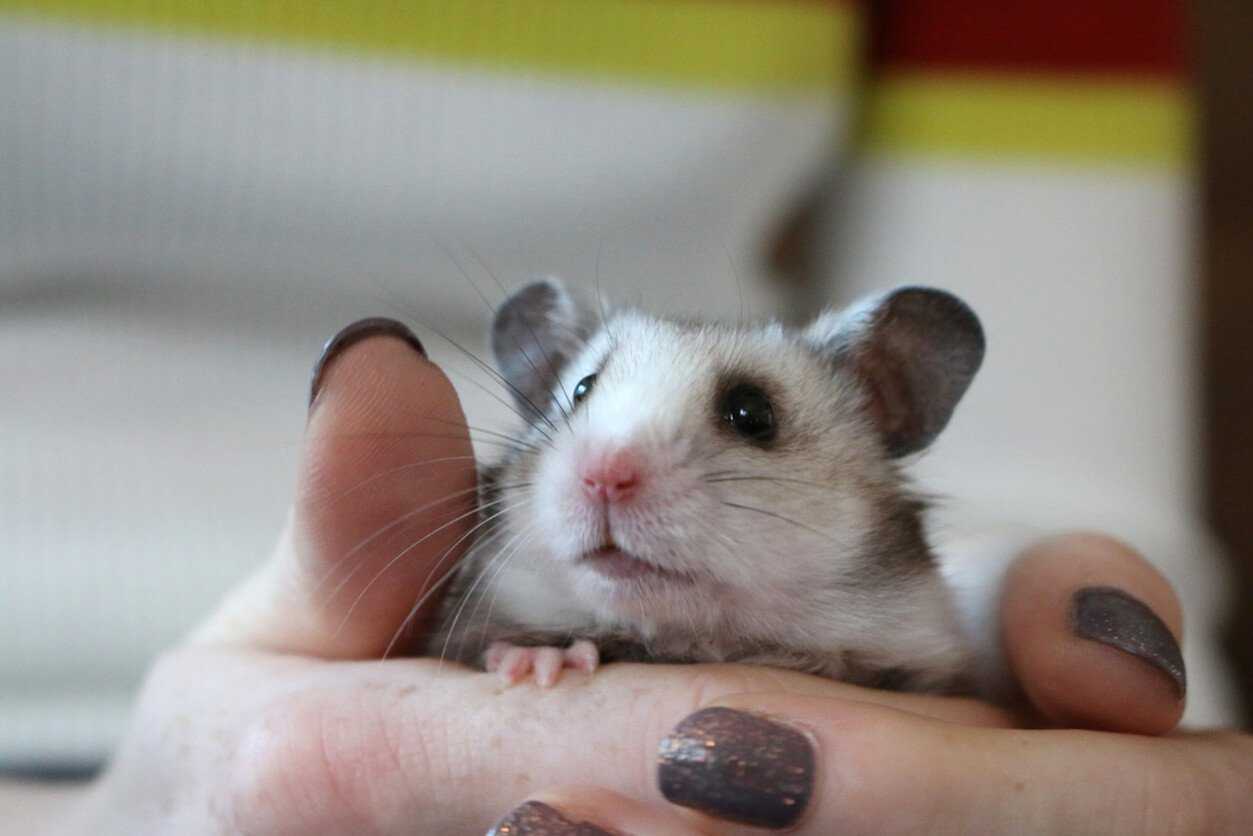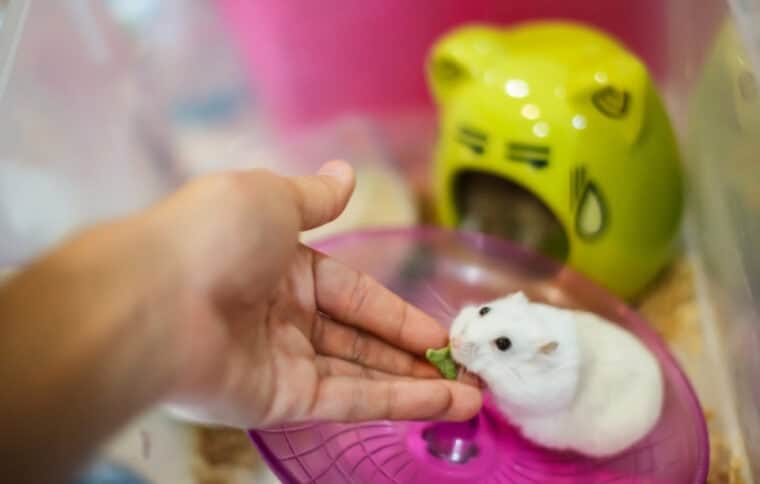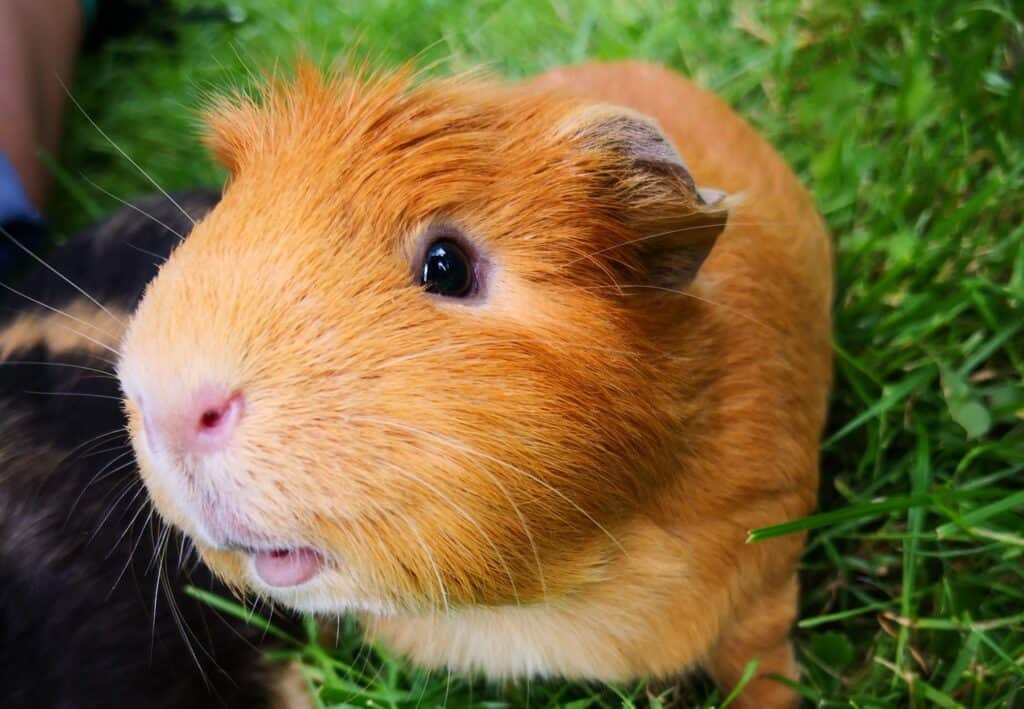tl;dr: Clicker training is an effective method for training hamsters

Clicker training for hamsters is a highly effective and rewarding method of training that utilizes positive reinforcement and clear communication. By using a clicker and treats, you can teach your hamster a variety of behaviors and tricks, while also strengthening the bond between you and your furry friend.
In this article, we will explore the benefits of clicker training for hamsters, how to get started, the steps involved in clicker training, troubleshooting common challenges, and advanced techniques for teaching tricks and commands. So, let’s dive in and discover the wonderful world of clicker training for hamsters!
What is clicker training?
Clicker training is a form of positive reinforcement training that uses a small handheld device called a clicker to mark desired behaviors. The clicker emits a distinct sound that serves as a signal to your hamster that they have performed the desired behavior correctly. This sound is then followed by a reward, usually a tasty treat, which reinforces the behavior and encourages your hamster to repeat it in the future.
Benefits of clicker training for hamsters
Positive reinforcement
Clicker training relies on positive reinforcement, which means that your hamster is rewarded for performing the desired behavior. This method is highly effective as it encourages your hamster to actively participate in the training process and learn at their own pace. By focusing on rewarding the behaviors you want to see, rather than punishing unwanted behaviors, you create a positive and enjoyable training experience for your hamster.
Clear communication
The clicker provides a clear and consistent signal to your hamster, making it easier for them to understand which behaviors are being reinforced. Unlike verbal cues, which can vary in tone and clarity, the clicker’s sound is always the same, ensuring that your hamster can easily distinguish between correct and incorrect actions. This clear communication helps to speed up the learning process and reduces confusion for both you and your hamster.
Increased bond with your hamster
Clicker training is not only a great way to teach your hamster new behaviors, but it also strengthens the bond between you and your furry friend. Through positive reinforcement and the shared experience of training, you and your hamster will develop a deeper understanding and trust. This increased bond can lead to a happier and more fulfilling relationship with your hamster.
Getting started with clicker training
Choosing the right clicker
When starting clicker training, it’s important to choose the right clicker for your hamster. Opt for a small, handheld clicker that produces a distinct and consistent sound. You can find clickers specifically designed for small animals like hamsters at pet stores or online.
Setting up a training area
Create a designated training area for your hamster where you can focus on the training sessions without distractions. This area should be quiet, well-lit, and free from any potential hazards. Make sure your hamster is comfortable and has access to their favorite treats during the training sessions.
Identifying desired behaviors
Before you begin clicker training, it’s important to identify the specific behaviors you want to teach your hamster. Start with simple behaviors such as coming to the front of the cage or standing on hind legs. Break down complex behaviors into smaller steps to make them easier for your hamster to learn.
Steps to clicker train your hamster
Step 1: Charging the clicker
To familiarize your hamster with the sound of the clicker, you need to charge it. Simply click the clicker and immediately offer your hamster a treat. Repeat this process several times until your hamster associates the sound of the clicker with receiving a reward.
Step 2: Introducing the target stick
A target stick is a small stick or dowel that you can use to guide your hamster’s movements during training. Introduce the target stick by presenting it to your hamster and rewarding them with a treat when they touch or follow the stick. This step helps your hamster understand that the target stick is associated with rewards.
Step 3: Shaping behaviors
Shaping is the process of gradually molding a behavior by rewarding small steps towards the desired behavior. For example, if you want to teach your hamster to spin in a circle, you would start by rewarding them for turning their head slightly, then gradually increase the criteria until they complete a full circle. Be patient and reward your hamster for any effort they make towards the desired behavior.
Step 4: Reinforcing and rewarding
Once your hamster understands the desired behavior, you can start reinforcing it by clicking the clicker and immediately offering a treat. Consistency is key, so make sure to click and reward your hamster every time they perform the behavior correctly. Gradually reduce the frequency of treats over time, but continue to reinforce the behavior with praise and occasional rewards.
Troubleshooting common challenges
Hamster not responding to the clicker
If your hamster is not responding to the clicker, it could be because they are not yet familiar with the sound or they may be distracted. Go back to step 1 and spend more time charging the clicker. Ensure that you are training in a quiet environment and that your hamster is motivated by using high-value treats.
Hamster becoming bored or distracted
Hamsters have short attention spans, so it’s important to keep training sessions short and engaging. Break the training into smaller sessions throughout the day to prevent boredom. Use a variety of treats and keep the training sessions fun and interactive to maintain your hamster’s interest.
Hamster showing fear or aggression
If your hamster shows fear or aggression during training, it’s important to assess the situation and ensure their safety. Take a step back and evaluate if you are moving too quickly or if the training environment is causing stress. Gradually introduce new behaviors and always prioritize your hamster’s comfort and well-being.
Advanced clicker training techniques
Teaching tricks and commands
Once your hamster has mastered the basics, you can move on to teaching them more advanced tricks and commands. From spinning in circles to rolling over, the possibilities are endless. Break down complex behaviors into smaller steps and use the same clicker training principles to guide your hamster’s learning.
Training for agility and obstacle courses
If you’re looking to take clicker training to the next level, consider training your hamster for agility and obstacle courses. Set up a mini-course with tunnels, ramps, and jumps, and use clicker training to guide your hamster through the course. This not only provides mental and physical stimulation for your hamster but also strengthens their coordination and problem-solving skills.
Conclusion
Clicker training is a highly effective and enjoyable method for training hamsters. By using positive reinforcement and clear communication, you can teach your hamster a wide range of behaviors and tricks while strengthening your bond.
Remember to start with the basics, be patient, and always prioritize your hamster’s comfort and well-being. With time and practice, you and your hamster can achieve amazing results through clicker training. So grab your clicker, some tasty treats, and get ready to embark on an exciting training journey with your furry friend!
FAQs
-
Can you clicker train a hamster?
Yes, hamsters can be clicker trained. They are intelligent animals and can learn to associate the sound of a clicker with positive reinforcement.
-
How do you train a hamster to come when called?
To train a hamster to come when called, you can use a clicker and treats. Start by clicking the clicker and immediately giving the hamster a treat. Repeat this several times, gradually increasing the distance between you and the hamster. Eventually, the hamster will associate the clicker sound with receiving a treat and will come to you when called.
-
What animals can be clicker trained?
Clicker training can be used with a wide range of animals, including dogs, cats, birds, rabbits, rats, and even some reptiles. It is a positive reinforcement training method that can be effective for teaching animals various behaviors and tricks.
-
How do you get a hamster to come to you?
To get a hamster to come to you, you can use treats as a lure. Hold out a treat in your hand and call the hamster’s name. The hamster will be attracted to the treat and will come to you. It’s important to be patient and consistent with this training method.
Originally posted 2023-12-26 03:56:16.
Johny is a dedicated pet enthusiast, author, and the driving force behind the insightful content at PetSWAT. With a deep passion for animals and a wealth of knowledge acquired through years of experience, Johny brings a unique perspective to the world of pet care and companionship.



